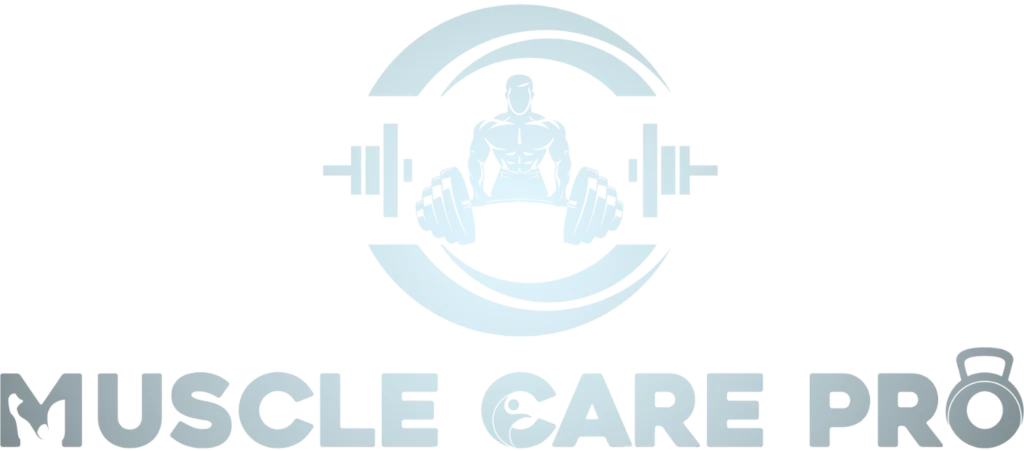What Muscles Does the Military Dumbbell Bench Press Work
The military dumbbell bench press focuses on the pectoralis major, front deltoid, and triceps brachii muscles. Additionally, it requires stabilizing muscles like the serratus anterior, trapezius, and the core, where applicable. This activity is beneficial for increasing upper body strength and enhancing functional abilities overall.
Have you ever considered which muscles benefit most from a military dumbbell bench press? Primarily, this exercise works the shoulders, chest, and triceps to provide maximum upper body strength, while also aiding stability with core and other supportive muscles. It is excellent for developing a well-proportioned and strong physique.
The dumbbell bench press with a military grip targets the shoulders as well as the chest and triceps. It enhances power within these crucial upper body muscles. The core muscles also come into play, assisting in maintaining stability throughout the lift. Omitting certain exercises often leads to muscle imbalances; this exercise helps prevent such a situation.
Primary Muscles Worked
The military dumbbell bench press primarily works the shoulders, chest, and triceps. When pressing up, the weight is largely supported by the shoulders, mainly the front deltoids. The chest muscles help maintain the weight and posture during the exercise, contributing to upper body strength.
The triceps also play a significant role, as they extend the elbows with each press, which aids in generating strength and control. Training these muscles together supports improvements in both strength and endurance. These key muscles are essential for a well-proportioned and well-developed body.
Secondary Muscles Engaged
The military dumbbell bench press also engages secondary muscles, such as the core and serratus anterior. Core muscles prevent unwanted body movement, keeping the body stable, protecting the spine, and improving balance. The serratus anterior supports shoulder mechanics, allowing for a smooth lifting motion.
Other muscles, such as the traps and rhomboids, contribute to stabilizing the shoulders and upper back, supporting proper body positioning during the exercise. These secondary muscles help improve strength, coordination, and overall balance.
Benefits of the Military Dumbbell Bench Press
- Develops upper body power, focusing on shoulders, chest, and triceps.
- Increases shoulder stability, helping prevent injuries.
- Strengthens core muscles, leading to better balance and posture.
- Enhances muscle strength and endurance in pressing movements.
- Contributes to a well-proportioned and balanced physique.
Technique and Safety Tips
When performing the military dumbbell bench press, using proper technique is essential for safety and achieving the best results. Keep your back straight and feet on the floor. Grab the dumbbells and lift them with a steady motion. Don’t rush; a slow, controlled motion helps maintain proper form.
Following safety guidelines minimizes injury risk. Maintain a rhythmic breathing pattern—inhale while lowering the weights and exhale when pressing them up. Start with lighter weights until you’re comfortable with the exercise. Do not continue if you feel discomfort or pain.
Execute the military dumbbell bench press with correct posture. Avoid dropping your shoulders or arching your back while pressing. Aim for an even rhythm during the exercise to achieve maximum muscle engagement and control. Always warm up beforehand to prepare your muscles for the workout. Additionally, use a spotter if needed, especially with heavier weights, and ensure your workout space is free of tripping hazards. Maintaining correct form is crucial before considering increased weights, as this will help prevent injury.
FAQs
Which muscles are primarily targeted during the military dumbbell bench press?
The primary muscles targeted are the shoulders, chest, and triceps, which work together to lift and stabilize the body.
What is the function of the shoulders in this exercise?
Primarily, the front deltoids receive the most engagement during the military dumbbell press, crucial for shoulder joint stabilization and strength.
Are the triceps engaged during this exercise?
Yes, the triceps are essential for extending the elbows during the press, contributing to arm strength.
Are there other muscle groups involved?
Yes, secondary muscles like the core and serratus anterior provide stability and assist in the primary movements.
What is the significance of this exercise for fitness levels?
The military dumbbell bench press works several upper body muscle groups, aiding in the development of strength, stability, and endurance.
Conclusion
The military dumbbell bench press is one of the few exercises that strengthen multiple upper body muscles. It primarily targets the shoulders, chest, and triceps, enhancing strength and power. Working these muscle groups together increases efficiency for various physical activities. This exercise is crucial for anyone aiming to improve upper body strength.
The military dumbbell bench press engages both primary and secondary muscles, such as the core and serratus anterior, which aid in stabilizing the body during lifting. Building both primary and secondary muscles contributes to achieving a well-shaped body, improving postural control, and preventing injuries, making this exercise essential for physical training.











